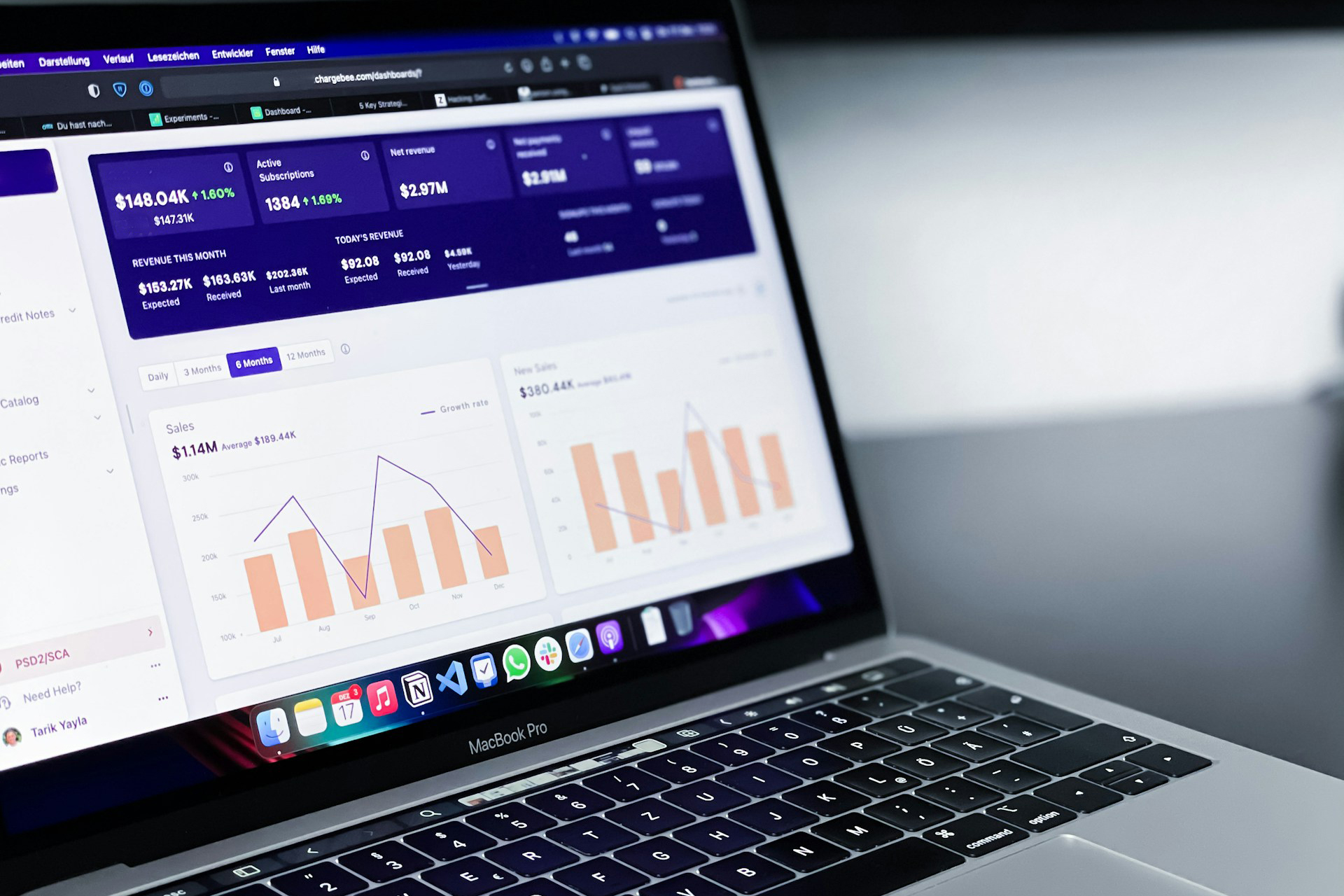When looking into a company’s financial statement, revenue is a key driver for success. Some of the questions that often cross a businessman’s mind are “Is this going to last?” or “Can I expand in the future without risking my business?”. The key phrase is revenue run rate and we’ll explain a few lines down.
The answer to these tricky questions can be a formula based on your company’s past performance along with some essential parameters which vary depending on your niche, sales policies, etc. This formula is called the revenue run rate we mentioned at the beginning; you can have an annual one but also split it into quarterly or even monthly revenue run rates. In this article, we’ll explain what revenue run rate is, how to calculate the run rate, and which factors to include. So, let’s start with the definition of the revenue run rate:
Revenue run rate definition
The revenue run rate enables you to extrapolate financial results into a future period (month, quarter, year). If calculated based on solid financial data, the revenue run rate can give you a pretty accurate idea of where your company will stand in terms of cash in a certain future period. Calculating the revenue run rate is useful when you need to:
- Obtain an accurate estimation of revenues so you can allocate your budget better or save for the tough times.
- Forecasting using quarterly run rates is a safe way to know if you can afford your employee’s pay raises or to invest in new automation.
Run rate calculation example:
Divide year-to-date sales by the number of sales periods to date. Multiply this result by the number of remaining sales periods and add it to your year-to-date sales:
Run rate = total revenue to date/sales periods to date
Projected annual sales = total revenue to date + (run rate x remaining sales periods)
To stretch the run rate annually, use actual performance to date and spread the projected remaining sales based on the prior year’s actual results for those months:
Projected month’s sales = year-ago month actual sales / prior year remaining sales x run rate x remaining sales periods
6 things to consider before calculating the revenue run rate
1. Historical trends
Search for revenue patterns throughout your company’s history. Maybe some periods are better than others, so excluding them from your calculations will give you a more realistic picture of your revenue run rate. For example, if you remain closed during national holidays or weekends, you shouldn’t count those days in.
2. Customers
Your customer’s behavior, buying pattern, and preferences can greatly affect your monthly revenue run rate. You have to take into account patterns and deviations that compromise the accuracy of your sales projections. Therefore, you need to address questions like:
- Do you have any repeat customers? If so, include those revenues in the formula. If you have one-time buyers, testers, or contractual customers whose contracts will expire during the extrapolated period, exclude those revenues. Otherwise, you will end up with a large and unrealistic revenue run rate.
- Behavioral shifts are a very common phenomenon in a number of industries and you want to stay up-to-date product and sales-wise. Remember the shift from videotapes to DVDs? This resulted in a huge increase in DVD online sales, so keep that in mind and expect deviations between your projections and the actual revenue run rate. This deviation has a positive side to it; it will indicate the changes you need to make regarding your sales in order to perform better.
- As you probably already know, customers follow trends and temporary fads. Your sales team needs to keep track of them and adjust your sales policies accordingly so you get a better revenue run rate.
3. Seasonality is key
This is a very important driver for your monthly and quarterly revenue run rates. Seasonality affects every business (even funeral homes, who knew?) and can be anything that happens in a recurring manner. These events are due to internal business factors, like changes in product or planned promotions, or external factors such as holidays and season-related shifts.
How seasonality will affect your revenue run rate is important to obtain an accurate result on which you can base your decisions. For example, if you sell women’s lingerie, sales season and Valentine’s Day are obviously an exception to your normal revenue flow. The seasonality effect is even more intense in cases of exclusively seasonal industries such as apartment rental, located at summer destinations.
4. Public events that impact revenues
On some occasions, run rates can be affected by major public events such as elections, the Super Bowl, the Olympic Games, or religious celebrations. Especially major sports events can be used to drive sales for a short period of time, within which the increase in revenues can be extraordinary. You want to keep a record of that revenue increase to have a reference, but forecasting annual run rates have to exclude that period as this could be a one-time event.
5. Monitor competitors’ activities and anticipate what they’ll do
Revenue is tightly linked to your prices. Price adjustments happen because of competition, among other things. Do you see where I’m going with this? “Spy” on the competition, evaluate their sales process, their product’s quality/packaging compared to its price.
Then, compare them to what you offer and assess how your competition will affect your customer’s behavior. Competition can completely change “the face” of your marketplace. You don’t want to be obsolete or out of reach for your target audience.
6. Capacity utilization
You need to pay attention to the base period you use to calculate the revenue run rate. There are periods you may utilize your equipment’s full capacity to cope with demand. However, your production will need to slow down or even pause for a while to maintain your overworked automation.
Once you’re done with your monthly or quarterly run rate, print it out. Double-check all of the numbers one more time just to be sure. Following our simple tips should help you create a comprehensive and, above all, realistic revenue forecast. Always keep in mind to assess unexpected events that may impede you from reaching your revenue goals.






